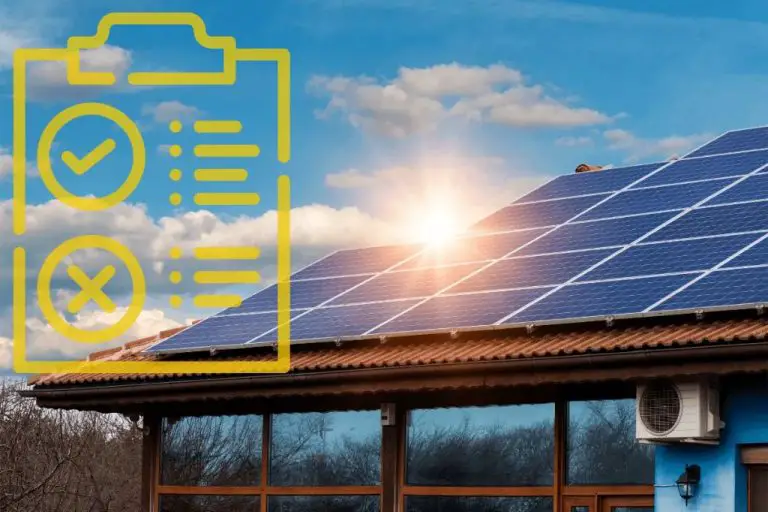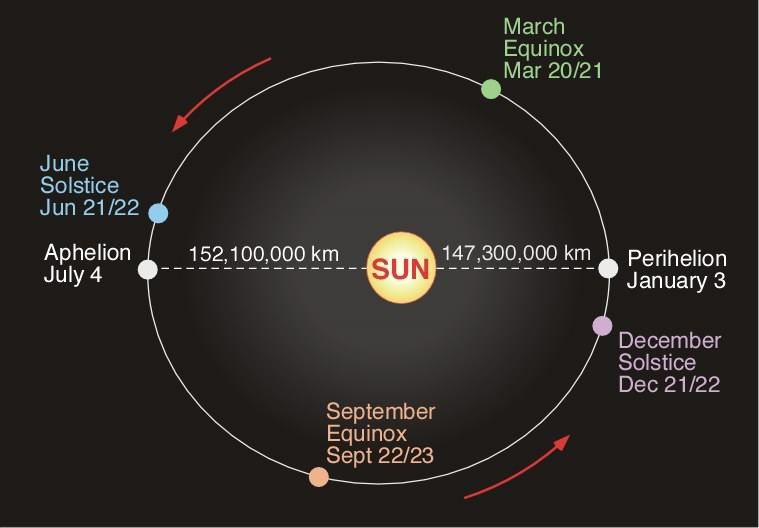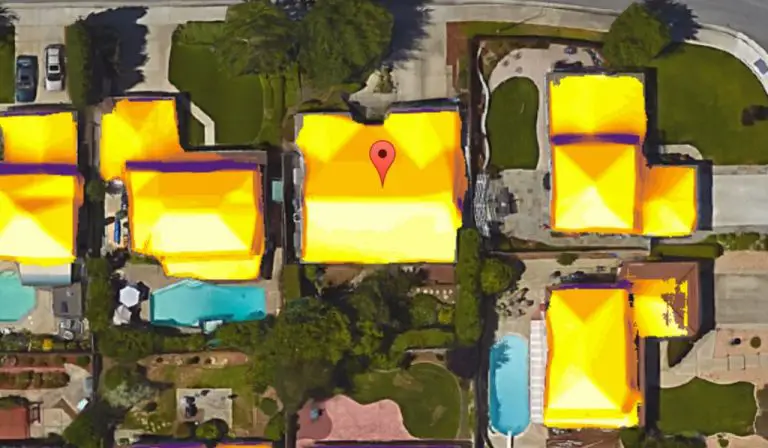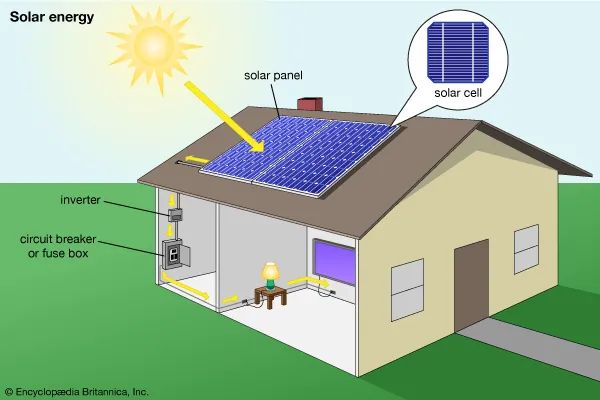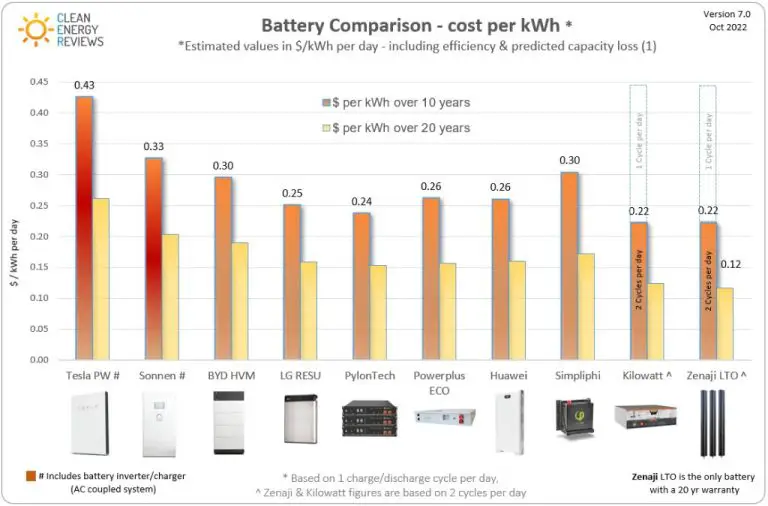How Fragile Are Solar Panels?
Solar panels are an increasingly important source of renewable energy. However, as adoption grows globally, concerns around their durability and fragility have emerged. Understanding how fragile solar panels are is critical for evaluating their reliability and resilience, especially in the face of extreme weather events which may become more frequent with climate change.
The durability and fragility of solar panels relates to how well they can withstand impacts, temperature changes, moisture, wind loads and other stressors over decades of operation. Solar panel fragility has important implications for insurers, utilities, asset owners and more when estimating potential damage, optimizing operations and maintenance, and planning for resilience.
This brief introduction covers the importance of evaluating solar panel fragility and the factors that relate to their durability over long lifetimes. The rest of the article will provide an in-depth look at solar panel construction, the different aspects of fragility, and best practices for maintenance and resilience.
Solar Panel Construction
Solar panels are made up of several layers of materials designed to absorb sunlight and convert it into electricity. At the top is an anti-reflective coating to help maximize light absorption. Under this is a layer of tempered glass to protect the solar cells from impact and weather damage (source).
Below the glass are the solar cells themselves. Most panels use either monocrystalline silicon, polycrystalline silicon, or thin-film cells made from cadmium telluride or copper indium gallium selenide. Silicon cells are constructed from thin wafers of purified silicon treated with chemicals to produce an electric charge when struck by sunlight (source).
On the underside of the solar cells is an encapsulant layer to protect them from moisture and impact. There is also a backsheet, typically made of polymide or polyester, to further shield the cells. Finally, an aluminum frame provides overall structural support and allows mounting of the panels.
Impact Resistance
Solar panels are designed to withstand impacts from hail, debris, and other objects. Most solar panels have tempered glass tops that are impact resistant. According to one source, tempered glass can withstand the impact of hailstones up to 1 inch in diameter when struck at terminal velocity. Tempered glass is heat-treated to increase its strength so that when broken, it shatters into small granular chunks instead of sharp shards (https://www.anker.com/blogs/solar/are-solar-panels-hail-proof).
Solar panel frames are also built to be durable and impact resistant. Aluminum is commonly used for frames given its strength, corrosion resistance, and light weight. The glass, frame, and internal components of solar panels are rigorously tested by manufacturers for impacts. Solar panels must meet standards set by the International Electrotechnical Commission, which include demanding hail test requirements (https://support.solarquotes.com.au/hc/en-us/articles/115002461374-Are-solar-panels-hail-resistant-).
While solar panels are impact resistant, extremely severe weather events can still cause damage. However, most solar panels are able to withstand the majority of hail storms and debris impacts through regular use. Their durable construction makes them well-suited for the outdoor elements they are exposed to.
Temperature Resistance
Solar panels are designed to withstand a wide range of temperatures, from extremely cold to very hot. Most solar panels have an optimal operating temperature range of -40°C to 85°C (-40°F to 185°F) (https://palmetto.com/learning-center/blog/solar-panel-temperature-range-explained). While solar panels can function outside of this range, their efficiency decreases at extreme high and low temperatures.
In very cold conditions, solar panels can still generate electricity but at a reduced output. Cooler temperatures make the electrons in the panels move more slowly, reducing efficiency. However, solar panels in colder climates may have higher overall annual output as they can continue producing energy even when covered in snow (https://modernize.com/homeowner-resources/solar/solar-panels-cold-climates).
In very hot conditions, solar panel efficiency similarly drops. As panels heat up, the flow of electrons is impeded. Solar panel manufacturers take steps to minimize heat buildup through panel design, such as reflective rear surfaces and improved airflow. Extreme heat does not damage panels, but it reduces their optimal performance.
Overall, modern solar panels are engineered to operate through a wide gamut of temperatures while delivering clean energy. Their durable construction allows them to withstand heat, cold, and rapid temperature changes. While climate impacts output, solar power remains reliable across diverse weather conditions.
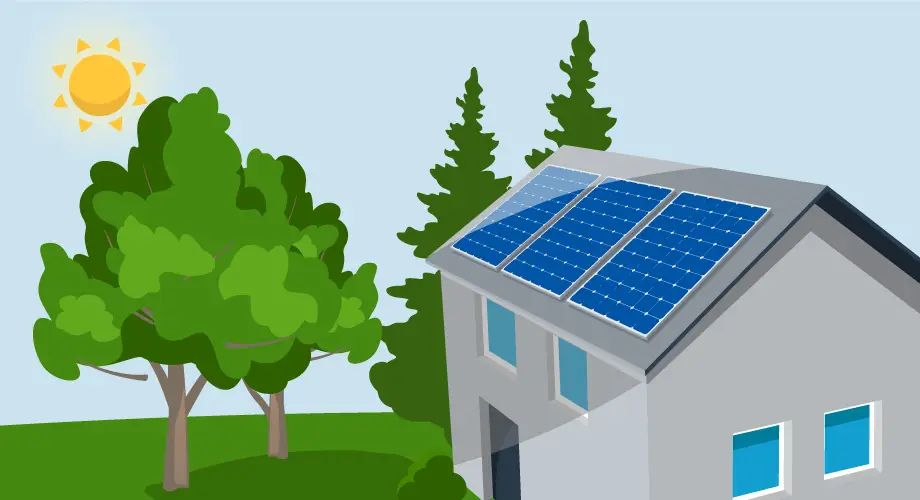
UV Resistance
UV radiation from sunlight is one of the main causes of degradation in solar panels over time. The intense UV rays can break down the chemical bonds in the materials that make up solar cells, reducing power output. According to a study, UV exposure accounts for up to 15% of overall degradation in crystalline silicon panels. Thin film panels may be even more susceptible.
The main mechanism of UV damage in crystalline silicon cells is the degradation of the passivation layer, typically silicon nitride or silicon oxide. This layer protects the silicon underneath, but prolonged UV exposure can alter its chemical structure. With a compromised passivation layer, defects form at the silicon surface, decreasing cell efficiency. UV rays with shorter wavelengths are the most damaging.
Amorphous silicon thin film cells also degrade through UV damage to the intrinsic silicon layer. A review found UV accounts for 50-60% of thin film degradation. Cadmium telluride panels exhibit similar UV sensitivity. Manufacturers try to mitigate this through UV-blocking encapsulants.
Overall, the degradation from UV exposure is gradual but cumulative. Solar panels may lose 0.5-1% of their power output per year due to UV. Proper panel orientation, cleaning, and maintenance can minimize solar panel UV degradation over their lifetime.
Water and Moisture
Most modern solar panels are designed to be waterproof and withstand exposure to moisture, rain, and snow. Many manufacturers apply a protective coating or lamination to the panels to make them water-resistant. For example, Anker’s solar panels feature an IP67 waterproof rating, meaning they are fully protected against dust and can handle immersion in 1 meter of water for 30 minutes. Many portable solar panels also have waterproof connectors to prevent moisture from getting inside.
That said, solar panels are not designed for permanent submersion. The waterproofing protects them in wet environments, light rain, or snow, but will not allow them to be continually soaked or flooded. Panels may be damaged if puddles accumulate and aren’t wiped away. The back side of panels in particular needs to be kept free of pooled water. So while periodic moisture exposure is fine, solar panels still need periodic inspection and cleaning if they get very dirty or wet. The waterproofing also degrades over time, so older panels may need re-treatment.
Wind Resistance
Solar panels are designed and tested to withstand high wind speeds and wind loads. According to Chariot Energy, most solar panels can withstand winds up to 140 mph, which equates to about 2,400 pascals. The wind resistance rating refers to the maximum wind pressure a solar panel can withstand before failing.
Solar panel frames are built strong and rigid to prevent the glass from flexing under wind loads. Manufacturers test panels by simulating hurricane-force winds in wind tunnels. The tests determine the wind pressure needed to cause deformation or damage. Most panels are rated for 2,400 pascals, but some can withstand over 5,000 pascals.
Factors like panel orientation, height above ground, and nearby obstructions can affect the wind loads experienced. Proper installation is key, using heavy-duty mounting hardware secured to rafters or concrete. Overall, quality solar panels and mountings are extremely wind resistant, as proven by their survival in extreme weather events.
Weight Capacity
The amount of weight solar panels can support varies depending on the type of panel and how they are mounted. Most solar panels are designed to withstand some weight, such as from snow and wind loads, but excessive weight can potentially damage them.
Rooftop solar panels are typically engineered to support around 25-35 psf (pounds per square foot) depending on the manufacturer and panel frame design. This allows them to withstand the weight of accumulated snow in winter. Ground-mount systems are built even more ruggedly and can handle 50 psf or more.
Solar panels themselves weigh around 3-5 psf when taking into account the whole module with framing. So the weight bearing capacity is many times more than the panel’s own weight. Racking, rails and mounts add more weight, so the total dead load may reach up to 10 psf.
It’s important not to exceed the panel’s weight rating during installation. Walking on solar panels can easily generate over 200 psf of live load. According to Energysage, stepping on a solar panel may void the warranty, so installers use catwalks to safely work on rooftops and distribute weight.
Most solar panel manufacturers test their products to 5400 pascals (113 psf) of snow and wind loads, as required by the IEC 61215 standard. This ensures panels can withstand heavy stacking of snow, as well as 140 mph winds.
In summary, solar panels are designed to support at least 25 psf through testing and engineering, but excessive weight from foot traffic or overloading can potentially damage the glass and internal components. Installers take precautions to properly distribute weight and avoid overloading during mounting and wiring.
Source: https://www.energysage.com/solar/average-solar-panel-size-weight/
Maintenance
Solar panels require maintenance over their lifetime. This is important to ensure they continue operating efficiently and producing electricity. The main maintenance needs for solar panels include cleaning, inspections, repairing damage, and trimming nearby trees/vegetation.[1]
Solar panels can get dirty from dust, pollen, bird droppings, and other debris. It’s recommended to clean panels 2-4 times per year, depending on environmental factors. Use water, mild soap, and a soft brush or cloth. Avoid abrasive cleaners or high pressure sprayers which could damage the panels.[2]
Inspections help identify any issues like loose connections, corrosion, cracked glass, or animal/insect nests. Inspections can coincide with cleanings, at least 1-2 times per year. Any issues found should be repaired to maintain proper functioning.
Tree branches and vegetation growth can shade panels, reducing energy production. Trees/plants near panels should be trimmed back twice a year. It’s a good idea to have a professional arborist handle any major vegetation removal.[3]
With proper maintenance, solar panels can last 25-30 years or longer. Keeping them clean, damage-free, and unshaded ensures they’ll continue generating clean, renewable power over their lifetime.
Conclusion
In summary, solar panels are designed to withstand typical environmental conditions and use. The glass covering provides impact and UV resistance, while the panel components are engineered for temperature fluctuations. Proper mounting and maintenance is key to ensuring solar panel durability over decades. Overall, solar panels are remarkably resilient given their exposure to weather, though they do have limitations in extreme conditions. With reasonable precautions, solar panels can remain functional for 20-30 years. While fragility is a concern, improvements in materials and manufacturing continue to enhance solar panel toughness and longevity.

